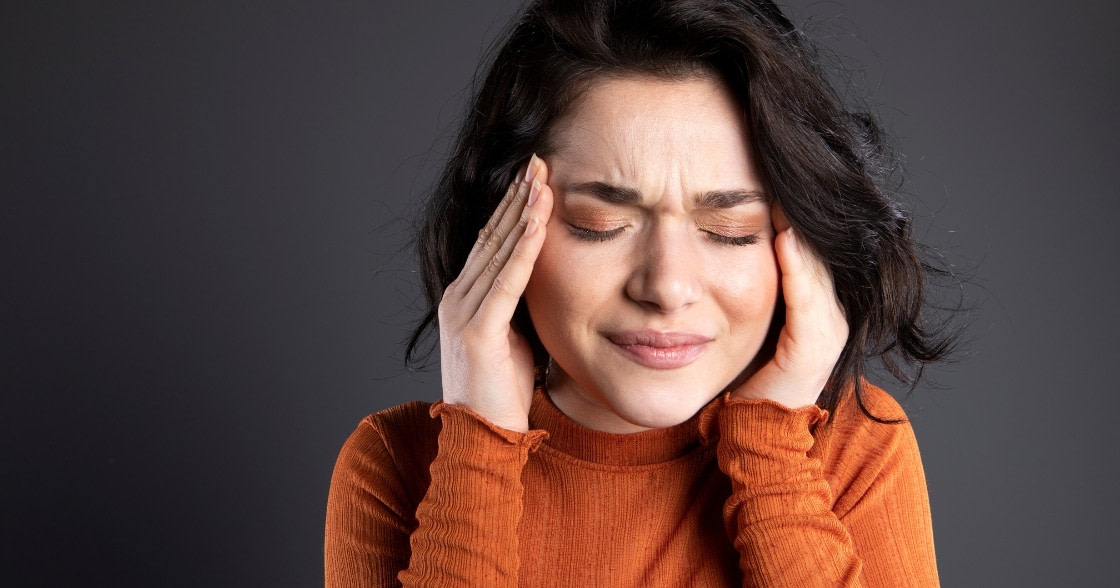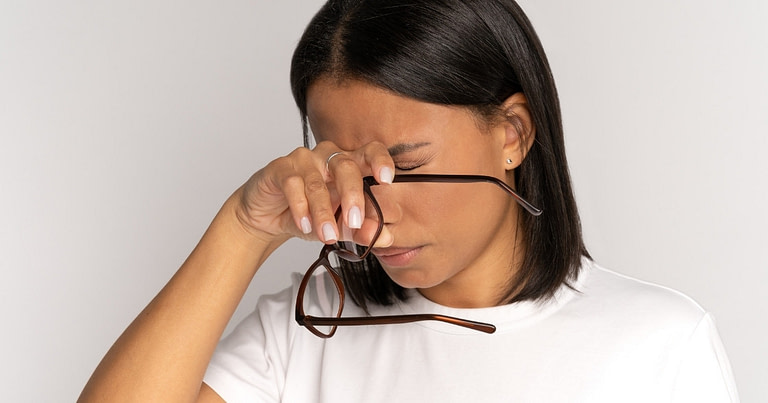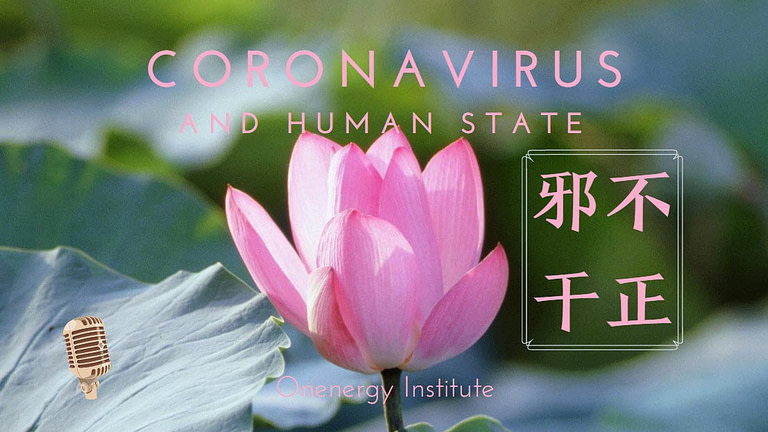Self Care Guide for Migraines and Headaches
Nearly every person on this planet will experience at least one headache. The most common type of headache is tension-type, affecting around 40% of people. The second most common type of headache is the migraine.
Over 10% of people worldwide are affected by migraines, with women being three times more at risk than men. Headaches and migraines have the potential to severely affect your quality of life and stop you from carrying out your normal daily activities.
Migraines vs. Headaches
There are two types of headaches: primary and secondary. Primary headaches are headaches that are not caused by underlying health conditions whereas an underlying health condition causes secondary headaches.
Migraines are primary headaches that can cause severe throbbing pain on one or both sides of the head, often lasting between 4 to 72 hours if left untreated.
Four Stages of Migraine
There are four stages to migraines: prodrome, aura, attack, and postdrome. Not all stages will be experienced by someone who has a migraine; the most common type of migraine is an attack without any warning signs but it is also possible to only experience the aura without any attacks.
The prodrome is the early warning stage that occurs one to two days before the attack. This is when you might experience mood changes, food cravings, lower water retention, constipation, stiffness in the neck, difficulty sleeping/speaking/concentrating, and nausea.
The aura is the stage that happens before and sometimes during an attack. The aura will last between 5 and 60 minutes and increase in intensity the longer it lasts. Sight-related symptoms are the most commonly experienced during an aura.
These include having blind spots or temporary blindness, seeing flashing/flickering lights, seeing coloured lines/spots, and seeing zigzag patterns. Other symptoms include feeling dizzy, muscle weakness, difficulty speaking, and numbness in the body.
The migraine attack is the stage where the person experiences a pulsing or throbbing pain in the head which, depending on the severity of the attack, can be mild or can incapacitate people to the point where they are unable to move without intensifying the headache. This stage can last for up to three days and usually begins with experiencing pain in one side of the head and will gradually spread to the other side of the head.
Other symptoms of the migraine attack include increased sensitivity, nausea, vomiting, difficulty sleeping, neck pain, dizziness, and feeling depressed or anxious. The increased sensitivity means bright lights, strong smells, and loud noises, as well as physical activity will aggravate the people experiencing a migraine.
After an attack, most people will experience the postdrome stage, which can last between 24 to 48 hours long. During this stage, people will continue to experience increased sensitivity to bright lights, loud noises, and strong odours which can trigger a second headache. Other symptoms include experiencing confusion, fatigue, dizziness, depression, euphoria, and soreness.
Headache and Migraine Causes
Migraines are caused by temporary changes or imbalances in the brain’s chemicals, nerves, and blood vessels, specifically those that regulate or send pain signals to the brain.
Migraines are hereditary, and people are four times more likely to experience migraines if they have a biological parent who has migraines. Headaches and migraines can also be caused by overstimulated senses (strong odours, bright lights, loud sounds), exposure to smoke or allergens, and stress. A lack of sleep and a lack of nutrition can also be a trigger for migraines.
Food and drinks are also able to cause headaches or migraines. Drinks that contain alcohol or caffeine, especially wine and coffee, can trigger migraines within three hours of consumption. Some people are sensitive to the amines found in fermented foods, such as cheese, which can cause them to experience headaches. Consumption of processed food, especially processed meat such as bacon, and salty processed foods such as potato chips, will increase the risk of experiencing migraines.
For women, changes in estrogen levels during menstrual periods, pregnancy, and menopause can also cause headaches.
Natural Ways To Treat Headaches
Here are some things you can do to ease the symptoms or severity of a migraine:
1. During a migraine, you can try finding a dark and quiet place to lie down to ease the symptoms and avoid further aggravating the headache.
2. Maintaining a healthy sleep schedule and exercising will keep your body and mind healthy and reduce the risk of migraines and headaches. (Refer to the self-care guide for sleeping problems if you have sleep apnea issues.)
3. Stay hydrated and drink at least 8 cups of water a day. Stay away from caffeine and alcohol.
Avoid potential triggers such as processed food, fermented food, bright lights, strong odours, and loud noise.
Headache Migraine Medications
There are also a ton of medications that you can take to treat migraines. Painkillers, triptans, lasmiditan, CGRP antagonists, opioids, antiemetics, topiramate, propranolol, etc. are all effective at dealing with different symptoms of a migraine, under certain conditions specific to each medication, so use them with caution.
Painkillers, for example, will reduce the pain of the migraine during the attack. However, if you take too many painkillers, you will get a headache from overuse. The medication will become less effective, causing you to rely on even more painkillers.
Be noted that painkillers are just to block the pain feelings and can do nothing to stop them from happening.
The solution to Headache’s Root Cause
All of the treatments above are temporary, and they can only reduce the severity of the symptoms. If you want to get rid of headaches and migraines entirely, you need to deal with the root of the issue.
Headaches are caused by the imbalance caused by stress, diet, and your existing health condition. But if you have plenty of qi that flows freely inside your body, qi can correct your imbalanced system fairly quickly, then the headache will cease to exist.
Qi is the energy that flows in and between every cell in your body. By practicing qigong, you can dissolve the blockages in your body and let qi flow freely to your head, which will prevent future headaches and migraines.
If you are new to qigong or want to learn more, you can start with the ultimate guide for qigong beginners. We also teach how to use qigong massages in certain energy points to release tension in the head, which can treat your headaches naturally.







